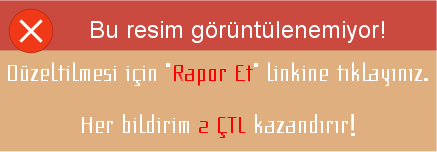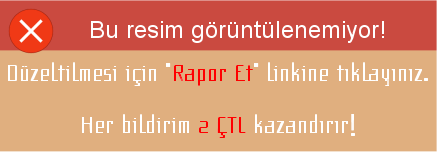2 700 LANGUAGES SPOKEN IN THE WORLD

The "invention" of language is not known except for references in the Bible. It is not known what language Adam and Eve spoke. The first mention of different languages is the reference to the tower of Babel when different tongues were bestowed.
The invention of writing, however, is credited to the Sumerians of Mesopotamia in the 4th millennium BC. Their descendants, the Sumero-Babylonians, developed the time system that we use today: an hour divided into 60 minutes, which are divided into 60 seconds.
Today, there are more than 2 700 different languages spoken in the world, with more than 7 000 dialects. In Indonesia alone, 365 different languages are spoken. More than 1,000 different languages are spoken in Africa. The most difficult language to learn is Basque, which is spoken in north-western Spain and south-western France. It is not related to any other language in the world. Mandarin is the most spoken language in the world, followed by English. But as home language, Spanish is the second most spoken in the world.
Youngest language
The youngest language in the world is Afrikaans, spoken by South Africans. Dutch and German Protestants fled persecution from the Roman Catholic Church in the 17th and 18th century to settle in the Dutch colony of Cape of Good Hope on the southern point of Africa. By the early-20th century Afrikaans had developed from Dutch, German and other influences into a fully fledged language with its own dictionaries. After a mere 100 years, it is the second most spoken language in South Africa (Zulu being the most spoken, the Zulu people being the largest ethnic group there).
New languages develop as different cultures meet and mix. For instance, about 700 different languages are spoken in London. In some suburbs of the London, English is now a second language. The same is happening - or has taken place - in cities such as New York, Los Angeles, Miami and Singapore. Already the Internet and mobile phone texting are influencing the development of languages as people communicate freely across cultural and regional borders. In fact, the fastest growing language in the world is Nerdic, the language of technology and gadgets.
The smallest country in the world is the Vatican. It also is the only country where Latin is the official language.
Somalia is the only country in the world where all the citizens speak one language, Somali.
The Berbers of North Africa have no written form of their language.

The "invention" of language is not known except for references in the Bible. It is not known what language Adam and Eve spoke. The first mention of different languages is the reference to the tower of Babel when different tongues were bestowed.
The invention of writing, however, is credited to the Sumerians of Mesopotamia in the 4th millennium BC. Their descendants, the Sumero-Babylonians, developed the time system that we use today: an hour divided into 60 minutes, which are divided into 60 seconds.
Today, there are more than 2 700 different languages spoken in the world, with more than 7 000 dialects. In Indonesia alone, 365 different languages are spoken. More than 1,000 different languages are spoken in Africa. The most difficult language to learn is Basque, which is spoken in north-western Spain and south-western France. It is not related to any other language in the world. Mandarin is the most spoken language in the world, followed by English. But as home language, Spanish is the second most spoken in the world.
Youngest language
The youngest language in the world is Afrikaans, spoken by South Africans. Dutch and German Protestants fled persecution from the Roman Catholic Church in the 17th and 18th century to settle in the Dutch colony of Cape of Good Hope on the southern point of Africa. By the early-20th century Afrikaans had developed from Dutch, German and other influences into a fully fledged language with its own dictionaries. After a mere 100 years, it is the second most spoken language in South Africa (Zulu being the most spoken, the Zulu people being the largest ethnic group there).
New languages develop as different cultures meet and mix. For instance, about 700 different languages are spoken in London. In some suburbs of the London, English is now a second language. The same is happening - or has taken place - in cities such as New York, Los Angeles, Miami and Singapore. Already the Internet and mobile phone texting are influencing the development of languages as people communicate freely across cultural and regional borders. In fact, the fastest growing language in the world is Nerdic, the language of technology and gadgets.
The smallest country in the world is the Vatican. It also is the only country where Latin is the official language.
Somalia is the only country in the world where all the citizens speak one language, Somali.
The Berbers of North Africa have no written form of their language.

